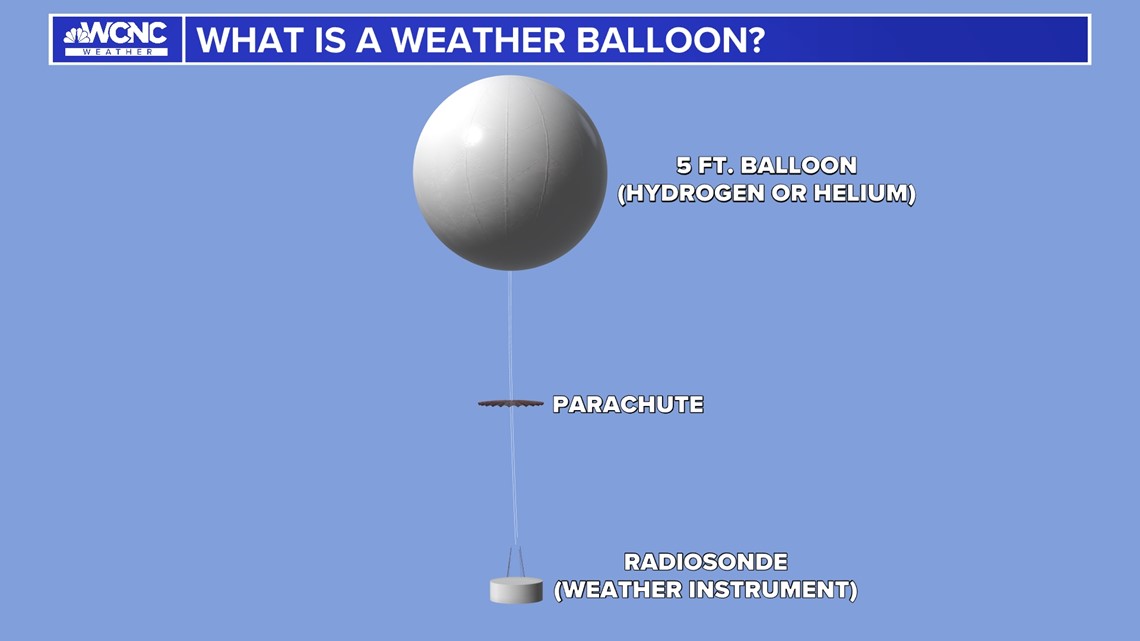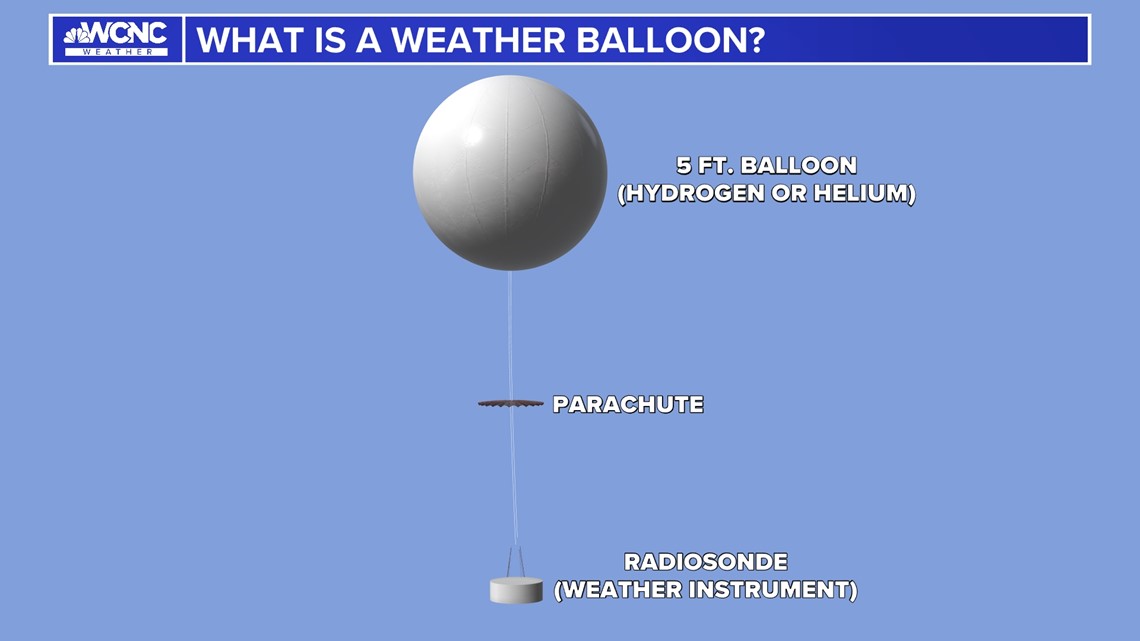Alright, so you’re asking about the weather balloon definition, eh? I remember when I first really tried to get my head around it, not just the dictionary version. I thought, “It’s a balloon, for weather, simple!” Man, I was in for a bit of a surprise back then.

See, I got this idea a few years back to do some amateur high-altitude experiments. Just a personal project, you know? I figured I’d send up some sensors, maybe a small camera, see what I could capture from way up high. That’s when I started seriously looking into weather balloons, thinking I could learn from how they do it. My first thought was, “Okay, big balloon, some string, attach my stuff. Easy.” Well, not quite.
My Journey into the Sky (Metaphorically Speaking)
The first thing that hit me was these aren’t your average party balloons, just scaled up. These things are engineered to go seriously high, like way up into the stratosphere. And the way they expand is wild. As they go up, the air pressure outside drops like a rock, so the balloon just keeps getting bigger and bigger. I learned they’re typically made of latex or a synthetic rubber like neoprene, stuff that can stretch like crazy without popping too soon. My initial, rather crude, plans started to look a bit silly.
Then there’s the payload. It’s not just about getting something up there. These balloons carry a compact, lightweight box of electronics called a radiosonde. This little gadget is the real workhorse. It’s packed with sensors measuring stuff like atmospheric pressure, temperature, and humidity. It’s not just passively floating; it’s actively sampling the air. And all this data it collects? It’s transmitting it back to a ground station in real-time. That’s why they’re also called “sounding balloons” – they’re literally taking soundings of the atmosphere.
- I also found out they track the balloon’s movement to figure out wind speed and direction at different altitudes. Pretty clever use of a drifting object.
- And these aren’t just one-off hobby launches. Organizations like the National Weather Service launch these things routinely, often twice a day, from a whole network of sites. It’s a coordinated effort.
My little experimental project suddenly felt like I was trying to build a bicycle when everyone else was flying jets. I spent a good few weeks just reading up on radiosonde technology, the types of sensors used, how the telemetry works. It’s a whole field of study! There’s specialized tracking equipment on the ground just to receive and process the signals from these tiny transmitters.
And the balloon’s fate? It’s designed to eventually burst when it expands beyond its limits way up there. After that, the radiosonde package usually comes down on a small parachute. Sometimes they’re recovered, especially if they land conveniently, but often they’re considered expendable. That was a bit of a shock. The idea of just letting my carefully assembled sensor package drift off to who-knows-where and potentially never see it again… well, it made me rethink my budget!

So, when someone asks for a “weather balloon definition,” I now think of more than just a rubber bag filled with gas. It’s a sophisticated, yet often expendable, tool for vital atmospheric data collection. It’s a system. My own high-altitude ambitions got scaled back a bit after all that research, but I definitely gained a massive appreciation for what goes into those daily weather forecasts. These balloons are way more than just hot air – which, by the way, is what keeps hot air balloons aloft, and those are a totally different thing, mostly for fun rides, not for the serious science these weather balloons are doing.
